Let me start by giving credit where credit is due. Figeac is a rather unheard of small town in the Midi-Pyrénées (recently renamed the Occitanie region). You probably won’t find it highlighted in popular travel guidebooks like Lonely Planet or Fodor’s Travel. Instead, my parents stumbled across the town by reading about it in a blog post that described Figeac as vibrant and historic with jaw-dropping landscapes and amazing food and wine. Convinced they should visit, we took a short detour to the Midi-Pyrénées during our month long trip through the South of France to check it out.
Sometimes, you can find the most unique and undiscovered places by taking a chance on a little town you read about on a blog somewhere. Sure enough, Figeac surpassed all our expectations. As we maneuvered our way through impossibly narrow streets looking for our hotel, I felt like we should have been on horseback instead of in our rental car. Seriously, it was like the movie set of The Three Musketeers. Figeac is an architectural marvel that transports you through time, from the Middle Ages to the Renaissance.
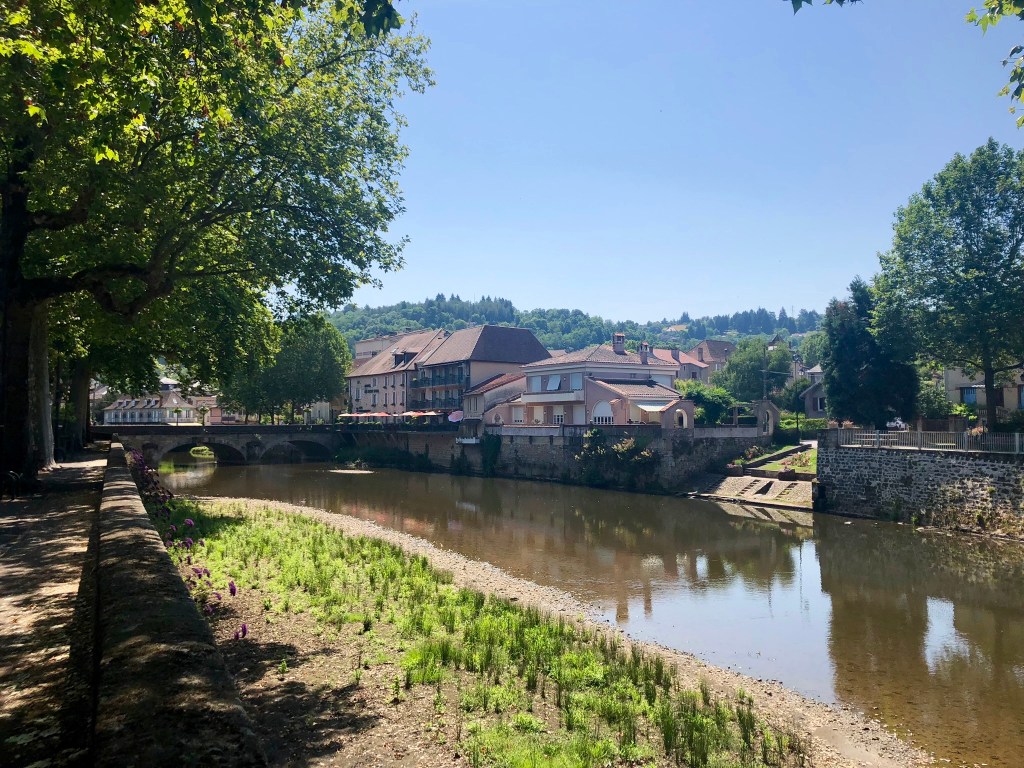
The town’s beginnings date back as early as the 9th century when Benedictine monks established Saint-Sauveur Abbey and a village began to grow around it through the Middle Ages. Situated in the area known as the Midi-Pyrénées along the Lot River at the bottom of the Célé Valley, the town flourished as a trading point for merchants. The wealth of these merchants can still be seen today, as their timber-framed medieval homes and palaces with elegant facades dating back to the 13th-16th centuries dot the landscape.
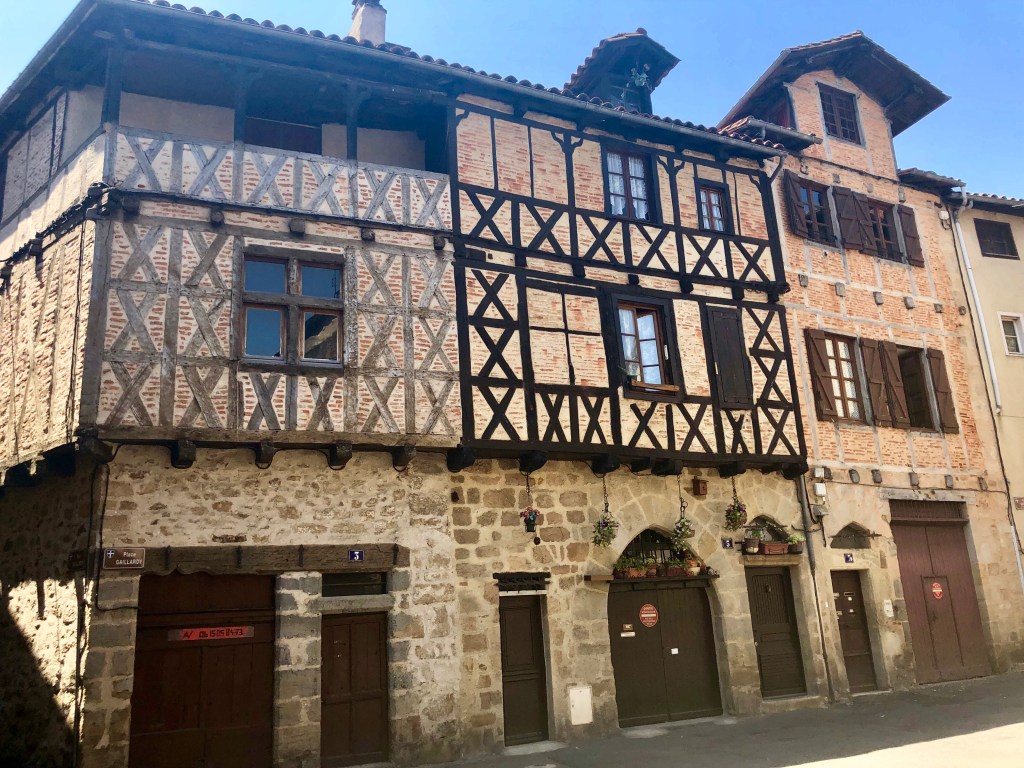
Figeac is also your gateway to exploring the greater Midi-Pyrénées region. I fell in love with this area of France not only because it’s simply beautiful, but it’s also less traveled and quieter than other destinations in France. If you’ve been following my blog, you know that I prefer to visit places with fewer tourists and more locals. Well, the Midi-Pyrénées area is just that. Other than pilgrims walking along the Camino De Santiago, as this famous route passes through the area, there are very few tourists, most of whom are French.
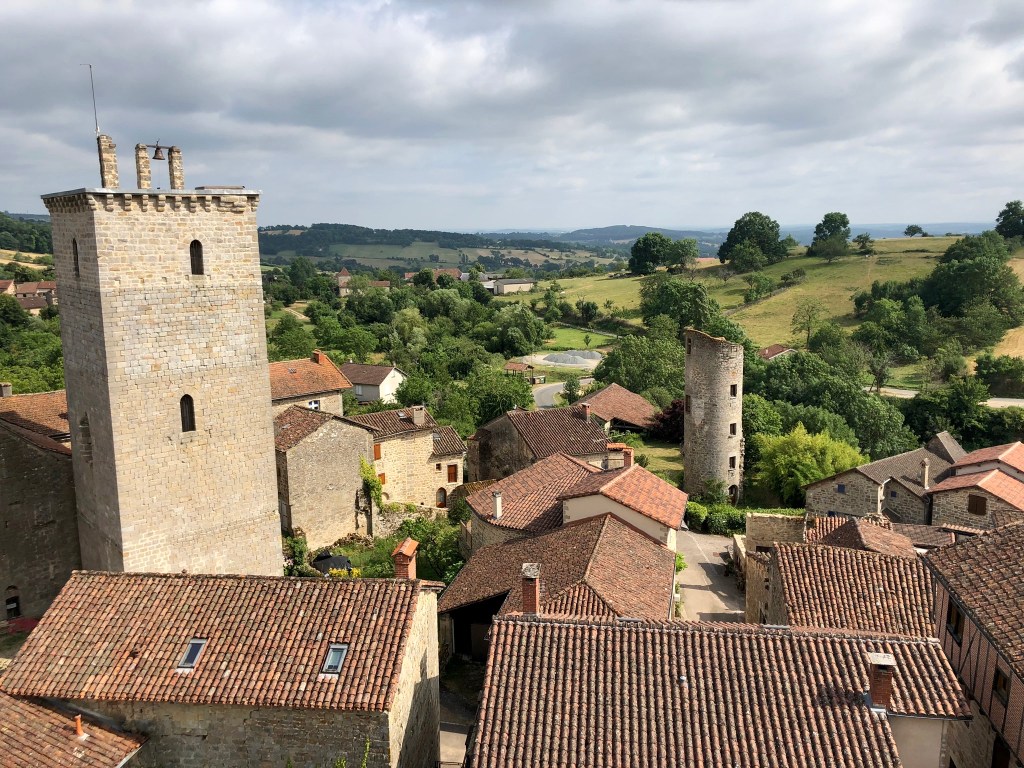
Figeac and the surrounding Midi-Pyrénées region is a place where time slows down, meant for curious travelers who are looking to unwind, connect with nature and the past, and delight in the simpler things in life. However, this isn’t to say there aren’t plenty of activities to do and sites to explore. Check out all that Figeac and the Midi-Pyrénées have to offer!
Things to Do
1. Les Clefs de Figeac
Even though it’s a small town, Figeac’s tourist office is very impressive with detailed guides and information on things to do both in Figeac and the surrounding area. One such activity is “Les Clefs de Figeac” or the Keys to Figeac. It’s a self-guided walking tour that takes you around to all the major highlights of the town. Some notable sites include:
Maison dite de la Monnaie: This is where you will start your tour as it is now home to the tourist office. However, it is also a well-preserved merchant’s home from the 13th century with imposing arched windows.
Saint Sauveur Church: The church was originally part of the 9th century Benedictine abbey that the town was built around. It’s also where those traveling along the Camino de Santiago can collect a stamp.
Palais Balène: an impressive 14th century noble home built in the Gothic style.
Notre-Dame-du-Pay: another notable church with views looking out over the town.
Place Champollion and Place Carnot: town squares with markets and many outdoor cafes and shops to explore, surrounded by some of Figeac’s most architecturally impressive buildings.
Despite it being hot (we visited during a heat wave), my family and I had fun touring the town at our own pace, and I was free to stop and take as many pictures as I liked.

2. Learn about ancient writing systems at Musée Champollion and the Place des Écritures
Figeac was also the birthplace of Jean-Francois Champollion, who is credited with decoding the Rosetta Stone and deciphering Egyptian hieroglyphics. In recognition of his accomplishments, a writing museum now exists in the house where he was born in the center of Figeac. The museum covers different writing systems from various cultures around the world, demonstrates how these ancient writing systems developed across centuries and includes an explanation of how Champollion translated the Rosetta Stone. If you’re a bit of a nerd like me (I think the development of language and writing through time is so interesting), then you shouldn’t miss this truly unique learning experience!

You can also see a large reproduction of the Rosetta Stone on the ground of the Place des Écritures behind the museum.
3. Walk part of the Camino De Santiago
As mentioned, one of the many routes of the famous pilgrimage known as the Camino de Santiago runs through Figeac. It’s not uncommon to see modern day pilgrims around the town as well as homes that welcome pilgrims to stay the night, which are clearly marked with a scallop shell by the door (the symbol of the walk). Because of this, there is a trail along the Camino you can take from the center of town through the French countryside and to other nearby villages.
If you’re like me and can’t commit to major long distance hikes on a whim, don’t worry— you can walk as much or as little of the route as you want. My family and I chose to do just four miles of it that ended in another quiet medieval town called Faycelles where we had a picnic before catching a bus back to our hotel.

So, you can always choose to continue on if you’re an avid hiker or return home for happy hour (I vote for happy hour!). It was an easy way to get a small taste of the historic route, and it was exciting to imagine ourselves walking along the same path that people centuries ago once traveled.
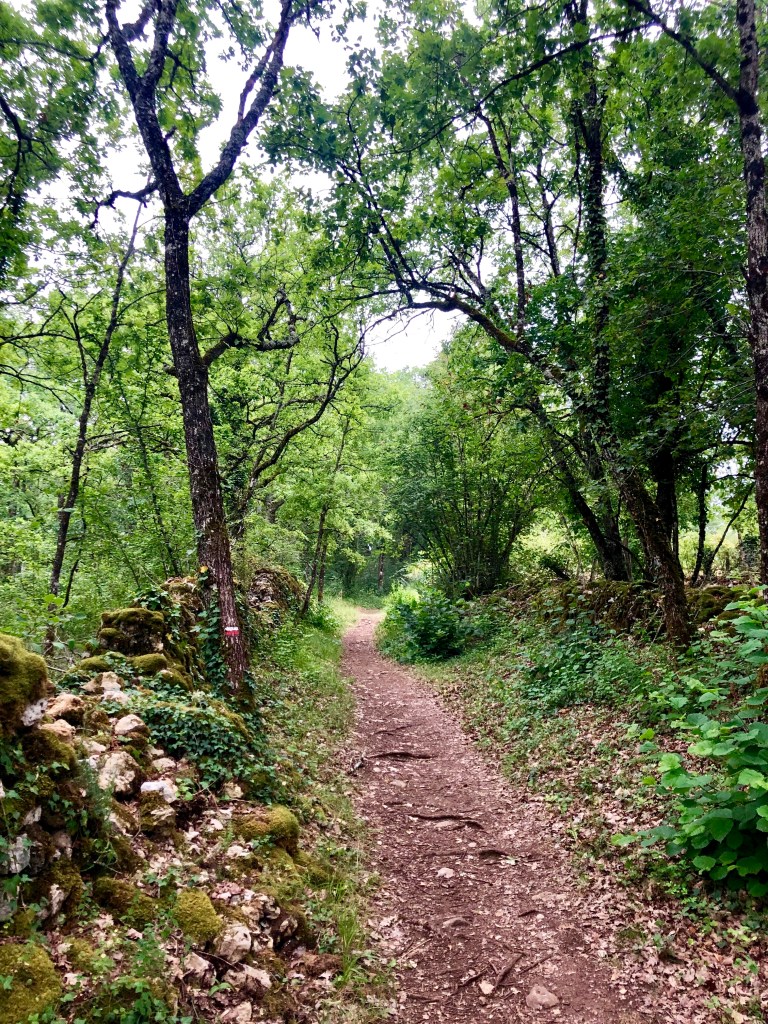
4. Dine outdoors surrounded by medieval architecture
The town of Figeac takes pride in its food. Restaurants serve fresh and local ingredients that differ based on season. There are a number of restaurants all with outdoor dining terraces where you can spend hours drinking and eating local delights. Be sure to try a dish seasoned with saffron, as this golden spice grows well in the area.
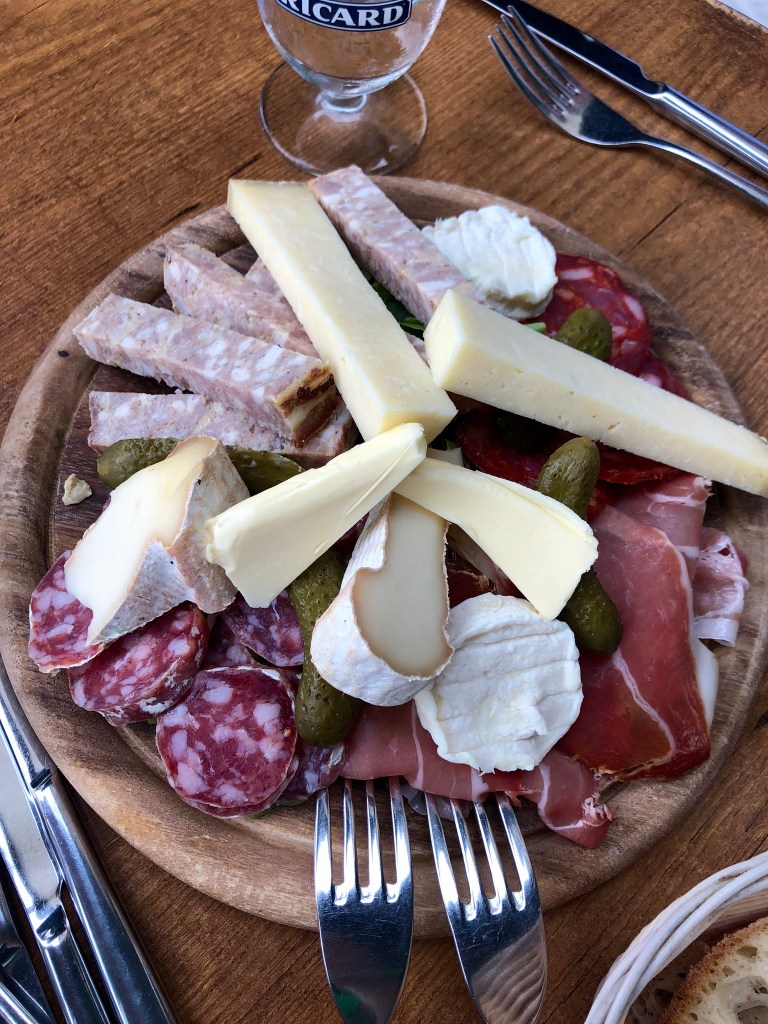
While Figeac has many dining options, I only like to suggest restaurants that I have personally been to (unless I get a recommendation from a local) so here are two restaurants I can definitely recommend:
Le Safran: I had some of the best mussels of my entire trip here. Cute and cozy atmosphere.
Restaurant Pizzeria Del Portel: Nice restaurant with a gorgeous terrace covered by vines and wisteria flowers. Great ambience and good food too!

Also, there are plenty of cafes/bars great for happy hour that my family and I definitely took advantage of.
5. Explore the nearby villages in the Midi-Pyrénées
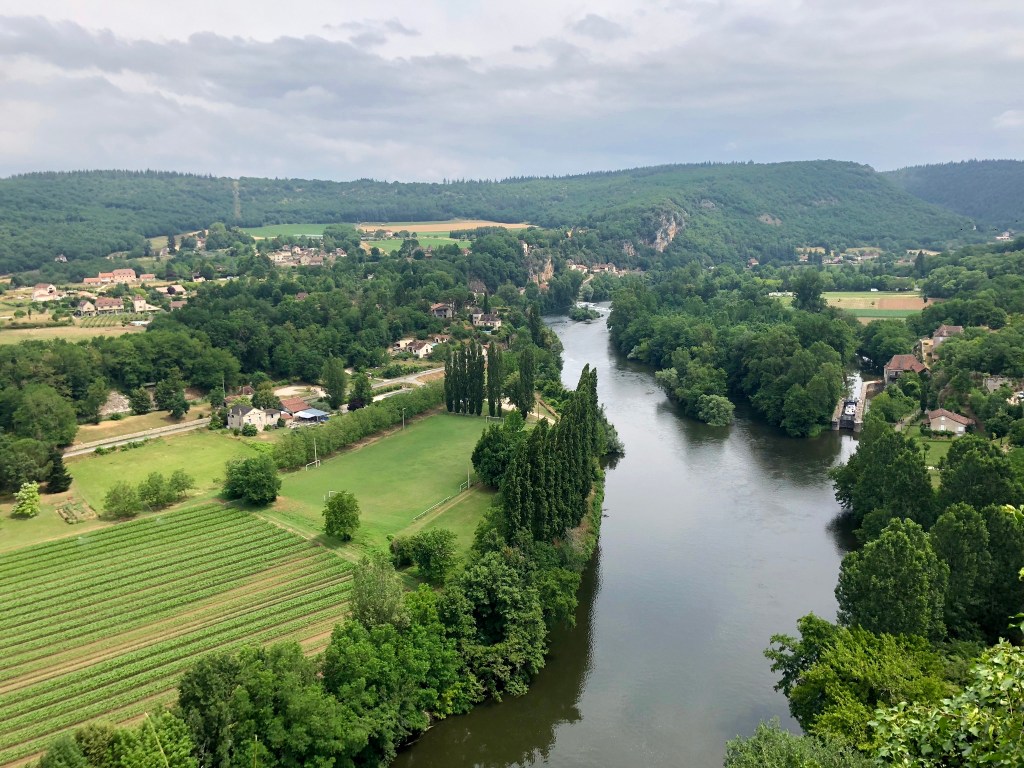
My favorite part about our visit to Figeac was that it encouraged me to discover more of the stunning Midi-Pyrénées region. This rural area of France consists of limestone cliffs, rugged plateaus, winding rivers, and valleys dotted with medieval villages made of stone houses and rustic clay roofs. Some notable nearby places to visit while using Figeac as your home base include Faycelles, Carjarc, and Cardaillac—some of which have been described as the most beautiful towns in France. Scroll through to see:
A highlight for me was a town called Saint-Cirq-Lapopie. It’s a bit further from Figeac than the previous villages mentioned (about a 50 minutes by car), but totally worth the drive. It differs from other villages in the area because it’s built on the edge of a cliff and overlooks the Lot valley, with the Lot River flowing down below. It’s really postcard perfect… just take a look:
Here you can climb to some amazing viewpoints, dine outdoors at a restaurant, explore an old church, and shop for local products at one of many boutiques.
How to Get Around
I highly recommend renting a car. While there are some buses, it’s much easier to drive from village to village in the Midi-Pyrénées and gives you more flexibility. It’s a great area for hiking so make sure to get out of the car and wander on foot, too!
Where to Stay
Château du Viguier du Roy: 12th century castle which has been restored and is now a hotel you can stay in.
Le Quatorze: Cute little hotel in the center of Figeac with a nice continental breakfast best enjoyed in their charming courtyard. This is where my family stayed.
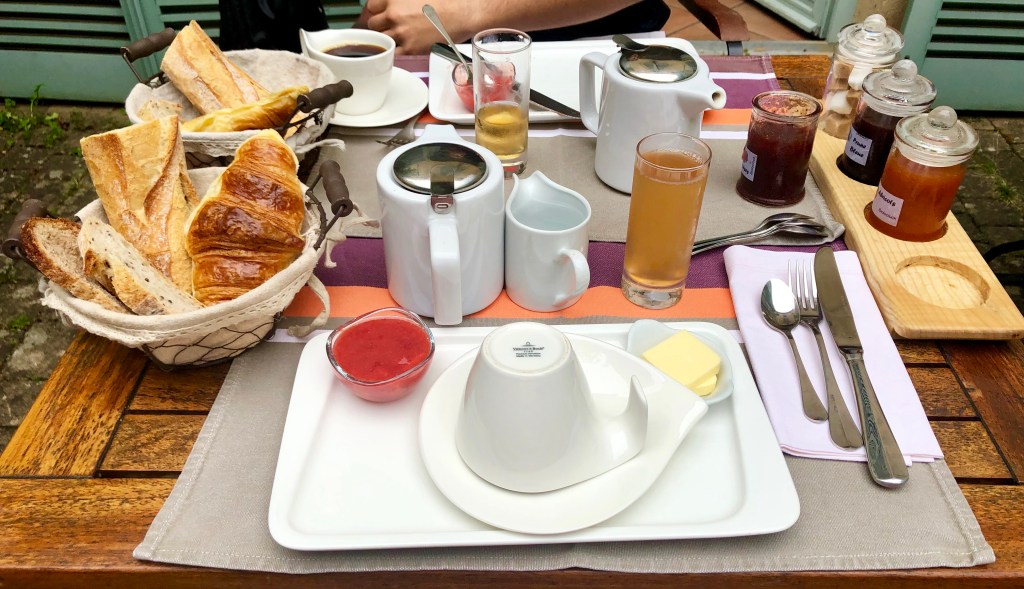
For more information about Figeac and the Midi-Pyrénées, click here to start planning your next vacation!

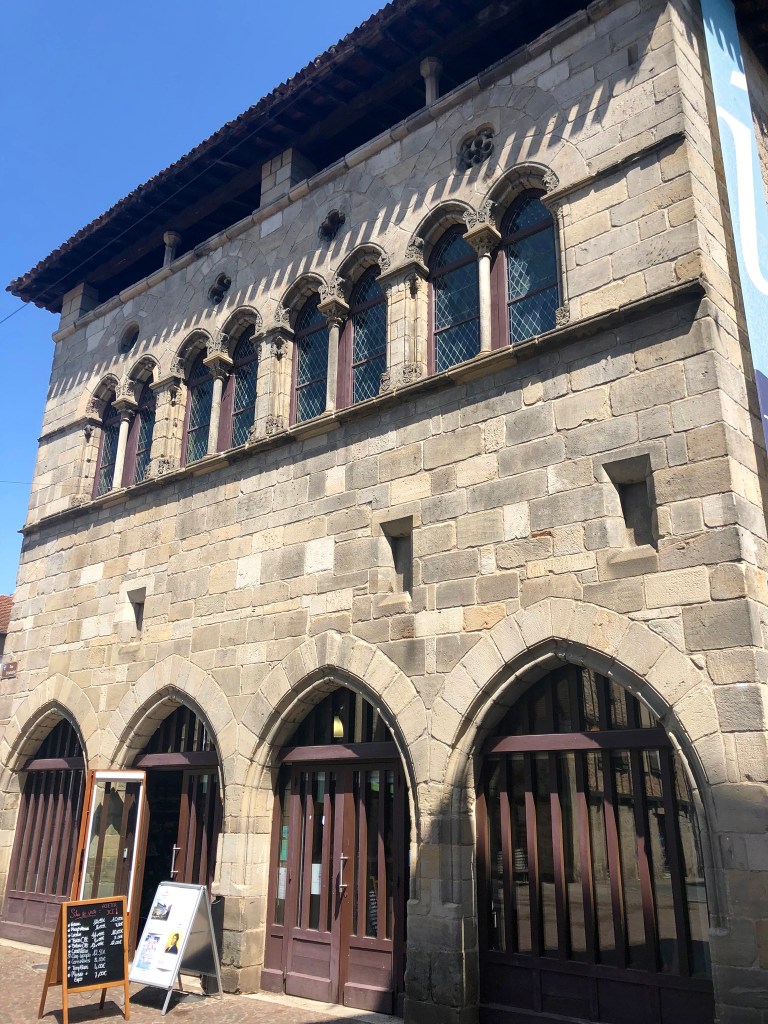
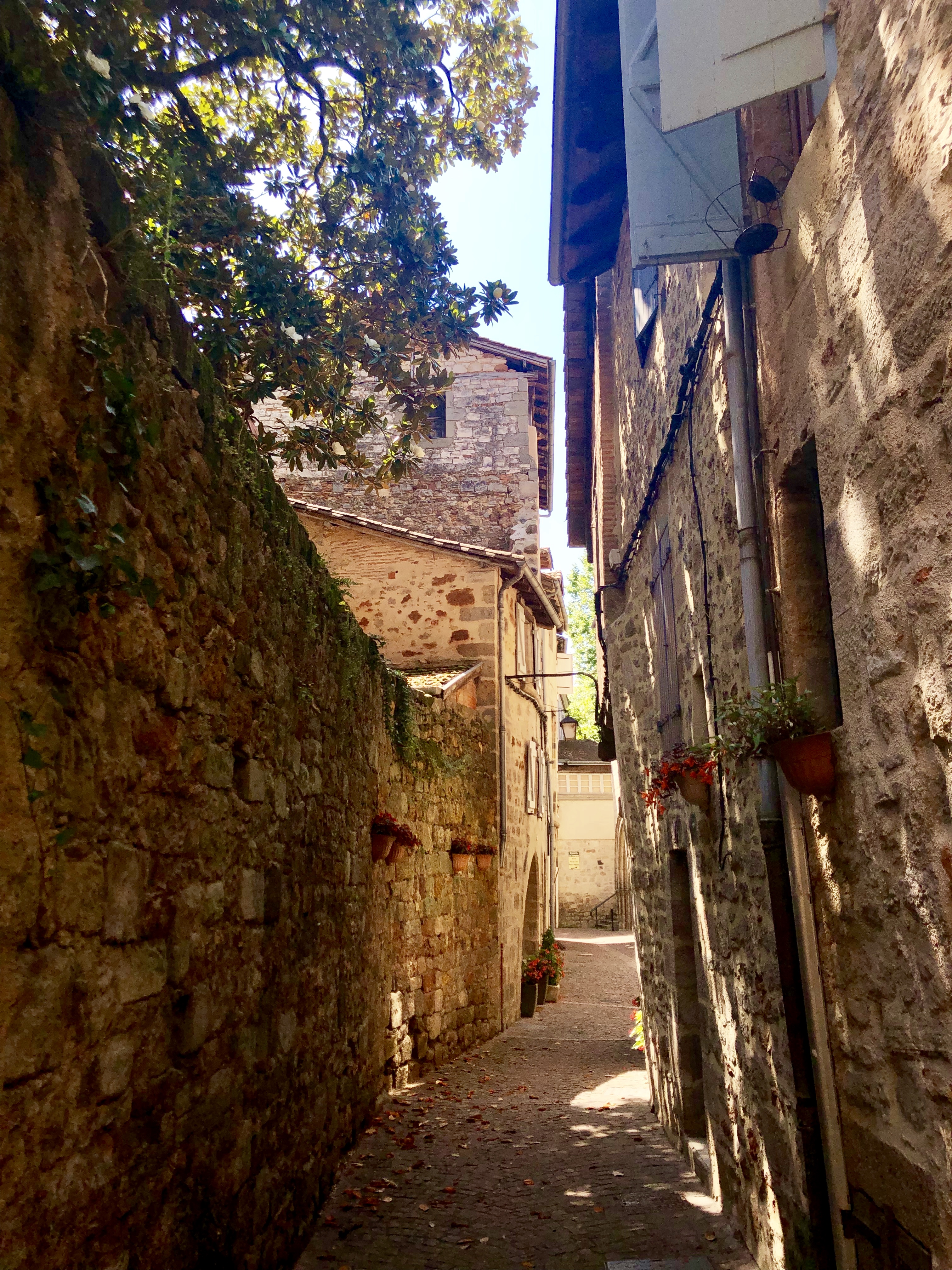
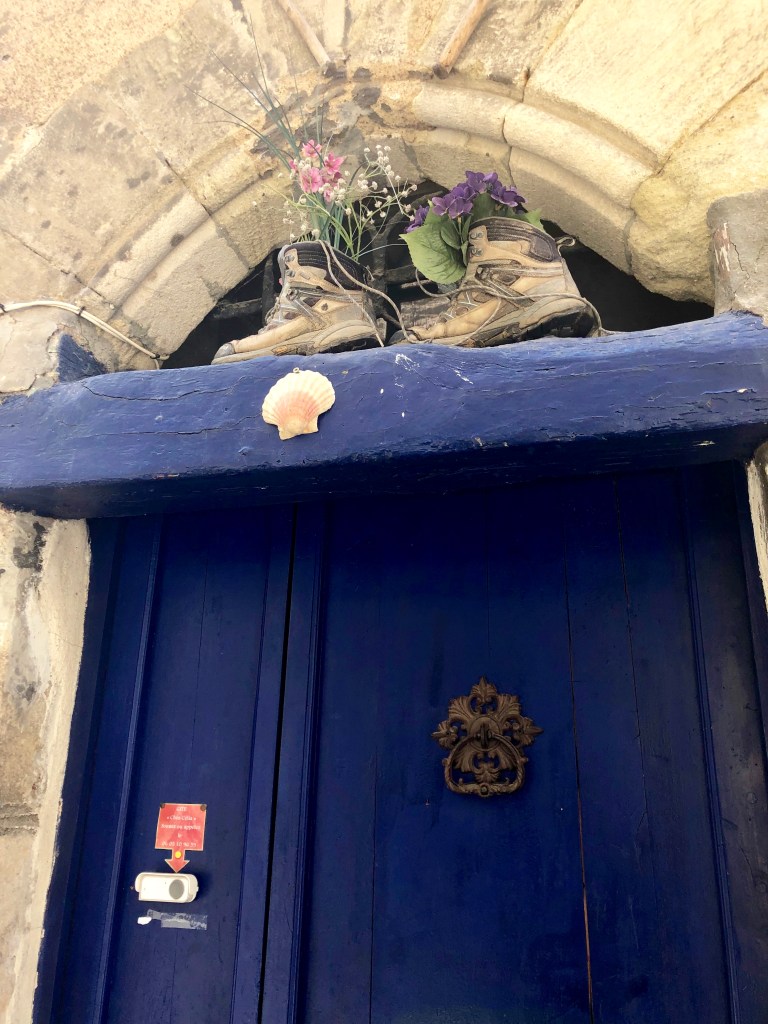
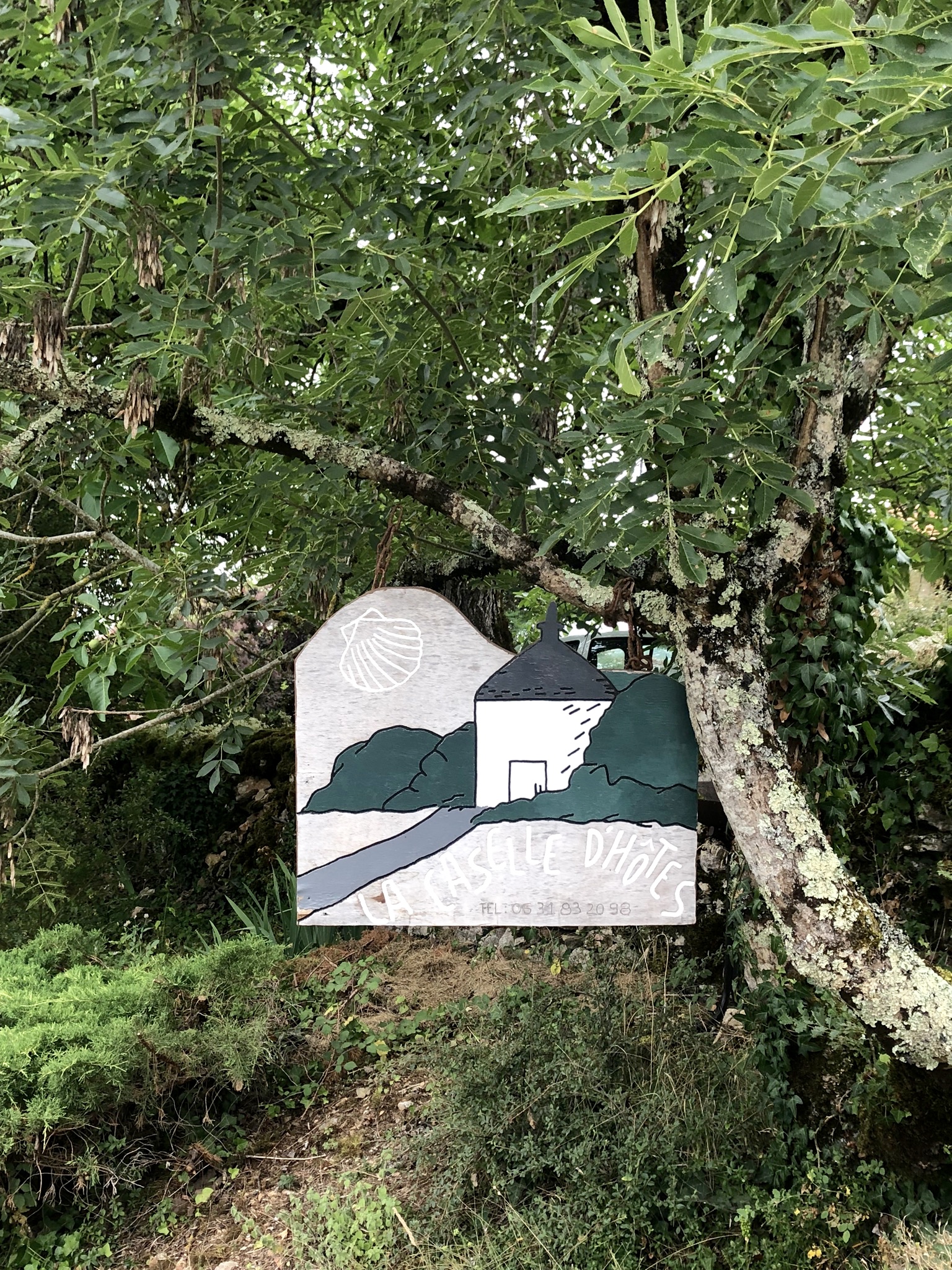
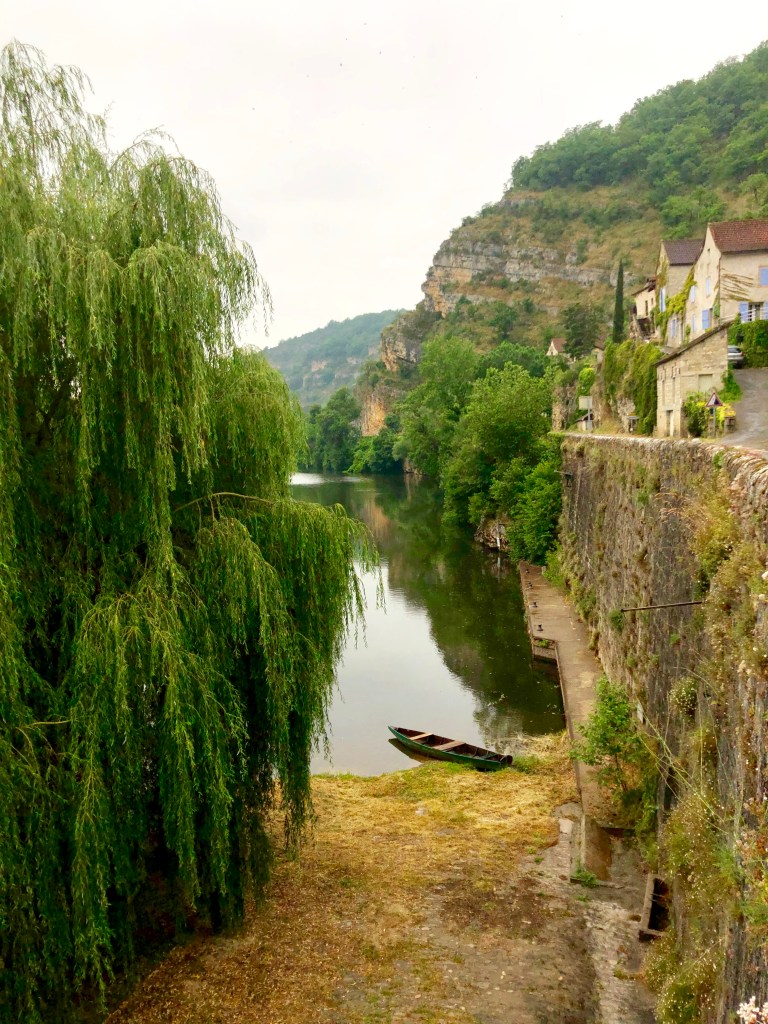

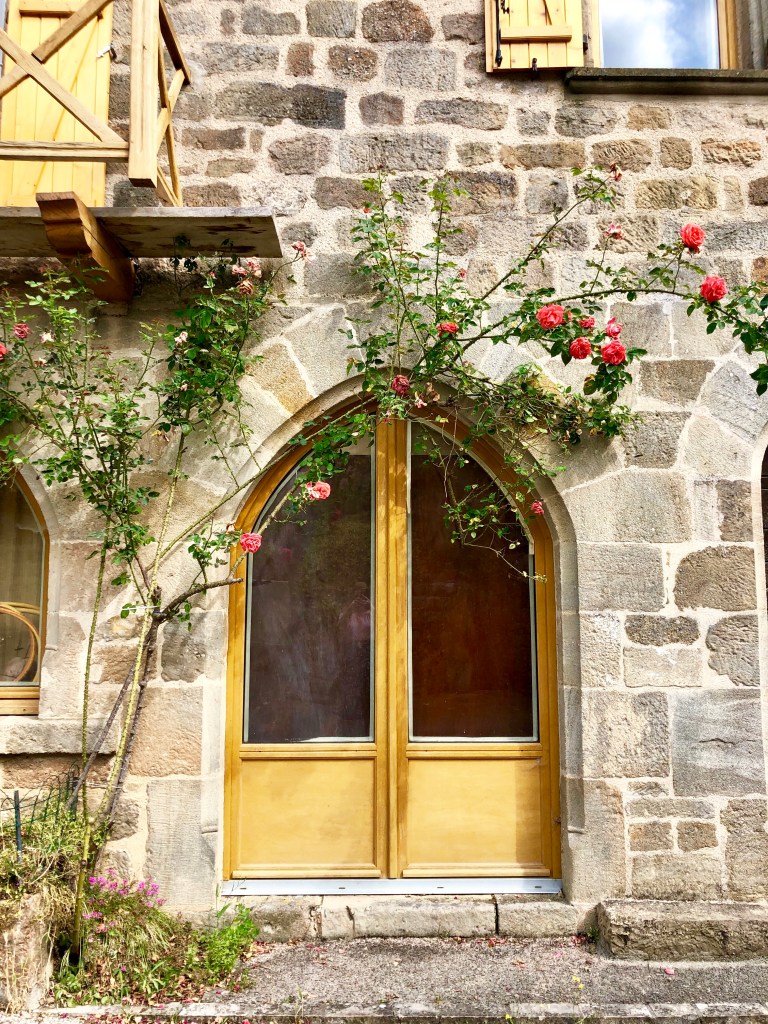



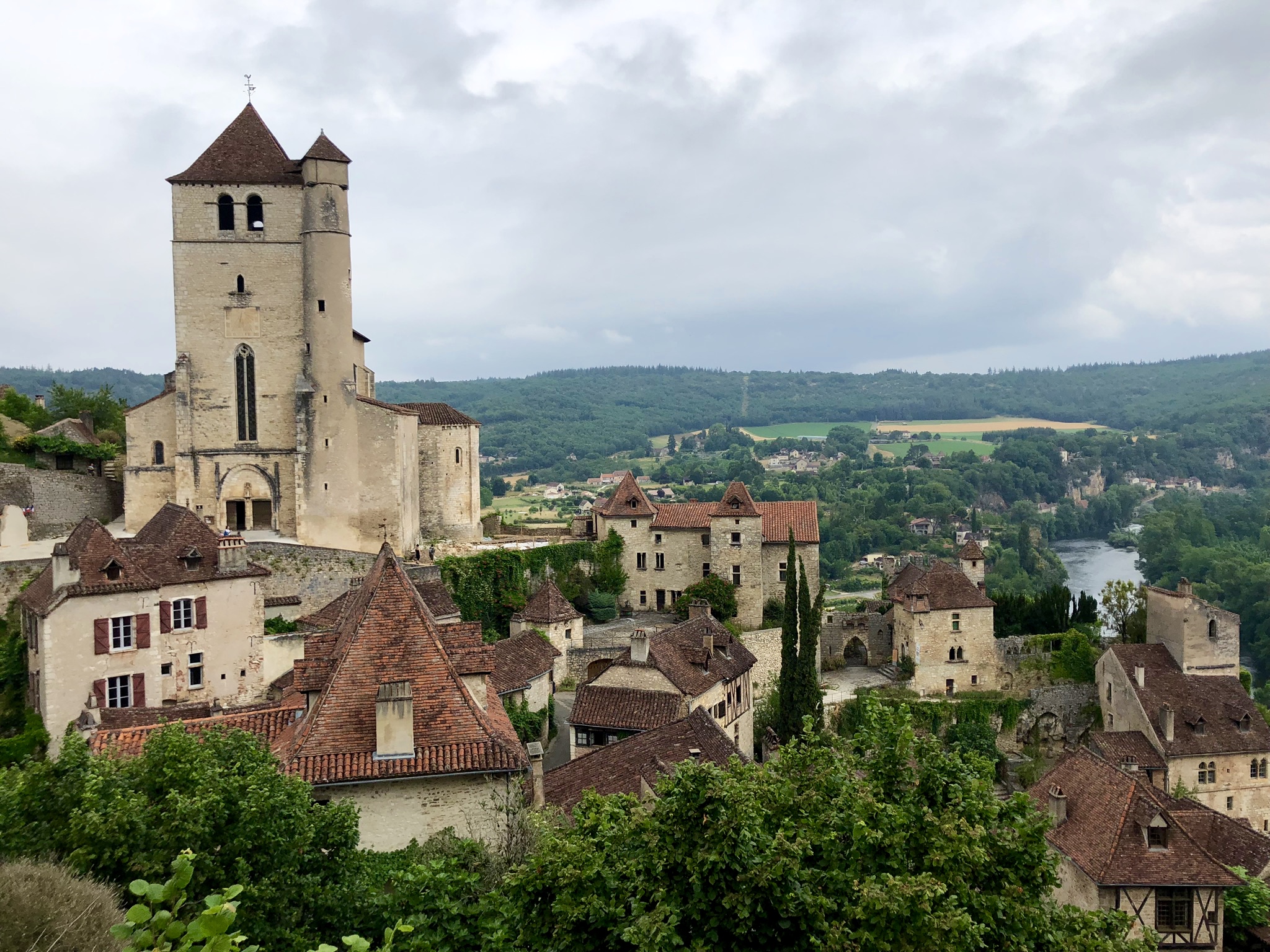
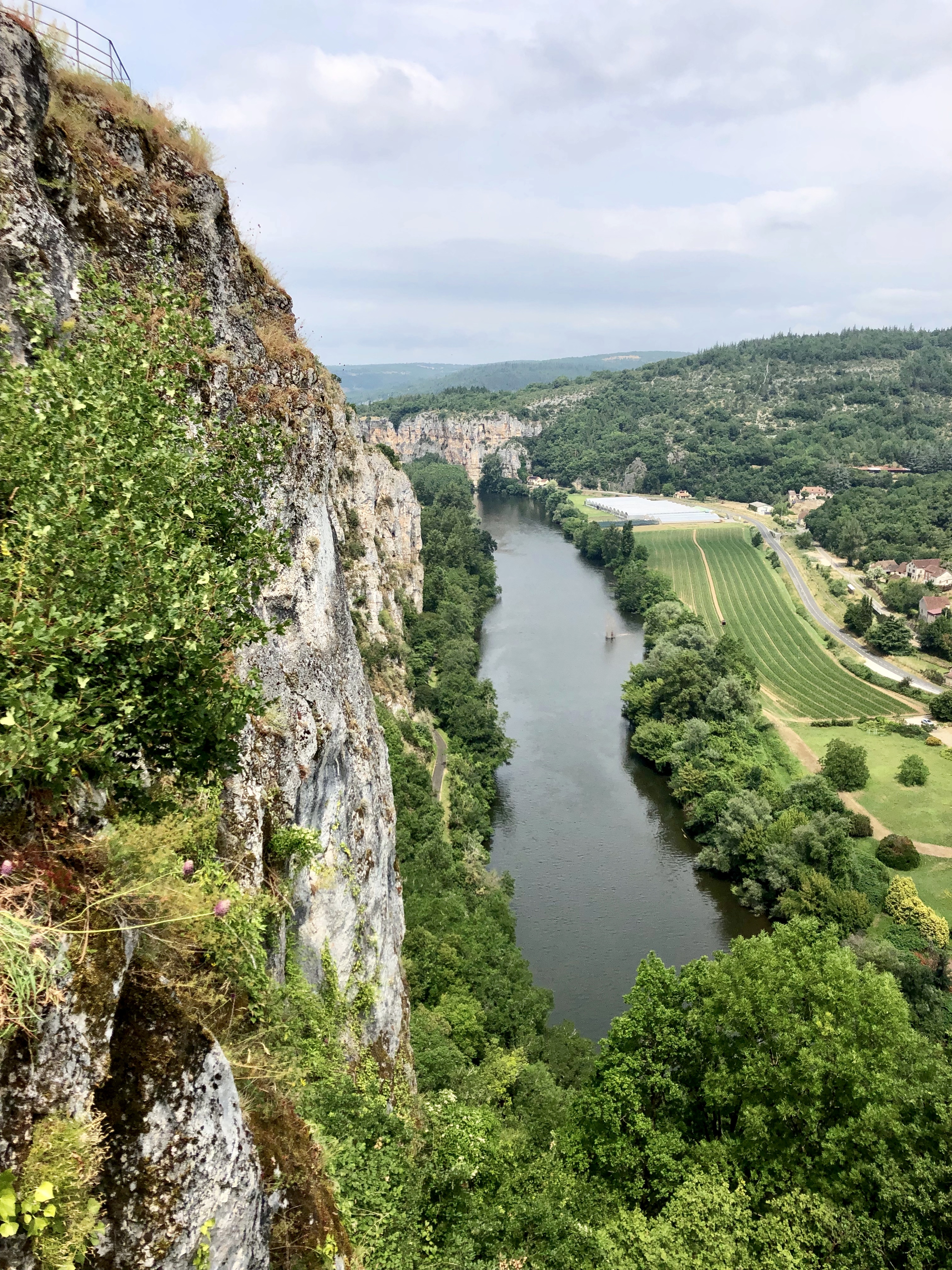
I can’t say wow enough. Thank you for all of the posts and Instagram pictures. You made your come alive to all of us.
Sent from my iPhone
Henry Naviasky
Celtic Marketing
7 Leicester Court
Owings Mills, Md. 21117
410-960-9778
Henry.naviasky@celtic-marketing.com
LikeLike
Thank you so much, Mr. Henry!
LikeLike